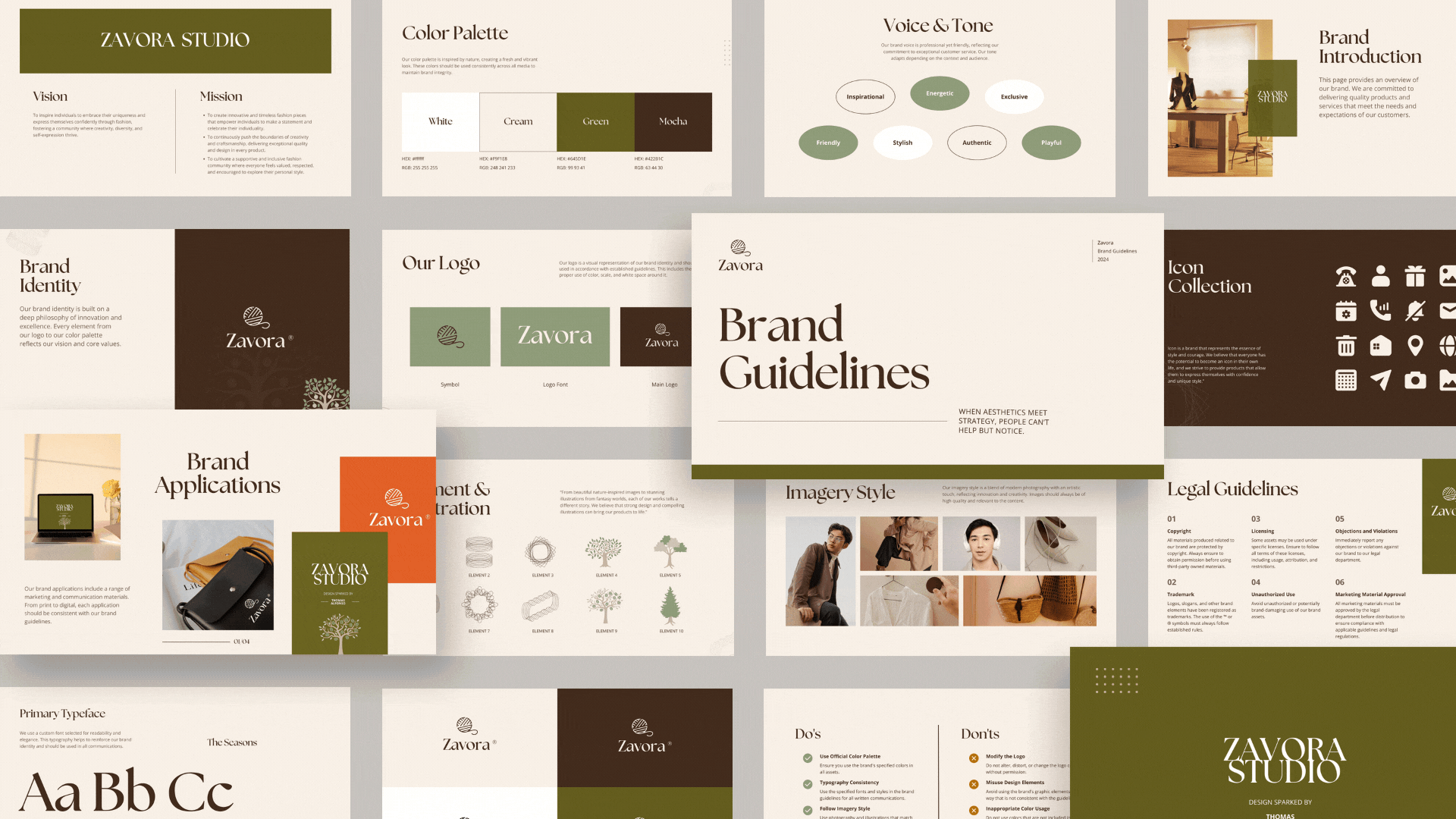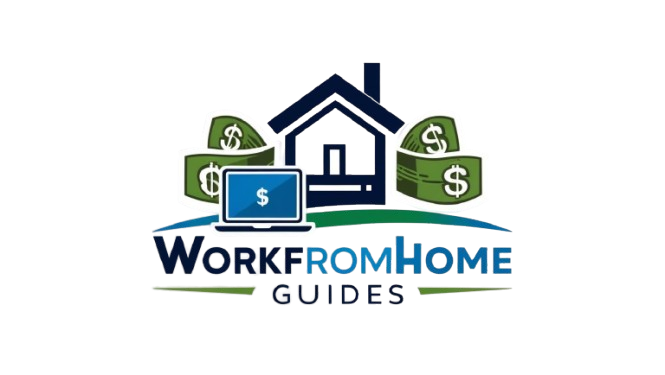Blogging has grown exponentially over the past decade, evolving from a personal journal to a legitimate way of making money online. As more individuals seek financial independence through creative outlets, blogging has emerged as a powerful tool for generating passive income. Whether you’re sharing your personal experiences, offering insights into your professional expertise, or simply discussing topics you’re passionate about, it is entirely possible to turn your blog into a revenue-generating platform in 2025.
However, monetizing a blog requires strategy and patience. It’s not just about writing content and hoping the money will roll in. Success comes from employing a combination of effective monetization methods, understanding your audience, and consistently providing high-quality content that adds value. In this guide, we’ll dive deep into the various ways you can monetize your blog, focusing on proven passive income strategies like affiliate marketing, sponsored posts, digital products, and more.

1. Affiliate Marketing: Turning Recommendations into Revenue
Affiliate marketing is one of the most common and effective ways to monetize a blog. With affiliate marketing, you earn a commission by promoting products or services through unique affiliate links. When readers click on the link and make a purchase, you earn a percentage of the sale. This is an excellent method for bloggers because it allows you to generate income without creating or managing products yourself.
How to Get Started with Affiliate Marketing:
- Choose the Right Affiliate Programs: Begin by identifying affiliate programs that align with your blog’s niche. For example, if your blog focuses on technology, you can join programs with companies like Amazon, Newegg, or Best Buy. If you’re a lifestyle blogger, you may want to focus on beauty products, fitness equipment, or home decor brands.
- Incorporate Affiliate Links Naturally: Your audience should feel like they’re getting value from your content, not just being sold to. The key is to incorporate affiliate links within helpful, informative content, such as product reviews, comparison posts, or tutorials. Always make sure that your affiliate recommendations align with your readers’ needs and expectations.
- Track Affiliate Performance: To optimize your affiliate marketing strategy, it’s essential to track the performance of your affiliate links. Tools like ThirstyAffiliates or Pretty Links can help you monitor the clicks and conversions generated by your links.
Key Benefits of Affiliate Marketing:
- Passive Income: Once your content is live, affiliate links will continue to generate revenue, even when you’re not actively working.
- Scalability: As your audience grows, your affiliate income has the potential to scale.
- Low Risk: Affiliate marketing has very low start-up costs, making it an ideal monetization method for bloggers starting out.

2. Sponsored Posts: Partnering with Brands
Sponsored posts allow bloggers to work directly with brands or companies to promote their products or services in exchange for compensation. These posts can take the form of written content, videos, or even social media shoutouts. Sponsored posts are ideal for bloggers with a loyal audience and steady traffic, as brands typically pay a premium for exposure to large, engaged groups.
How to Secure Sponsored Posts:
- Build Your Audience: To attract sponsors, you need to have a steady flow of visitors to your blog. Focus on creating content that resonates with your target audience and drives organic traffic from search engines and social media platforms.
- Reach Out to Brands: Don’t wait for brands to approach you. You can proactively reach out to companies in your niche, showcasing your blog’s traffic, audience demographics, and the value you can bring through a sponsored post.
- Offer Value in Your Proposals: When contacting potential sponsors, provide data that demonstrates how you can help them achieve their goals. This could include traffic metrics, engagement rates, or testimonials from previous collaborations.
Benefits of Sponsored Posts:
- High Earnings: Sponsored posts are one of the highest-earning monetization methods, especially if you have a large and engaged audience.
- Brand Partnerships: Collaborating with established brands can increase your blog’s credibility and visibility.
- Content Variety: Sponsored posts allow you to diversify your content, bringing in new types of articles, videos, and discussions that your audience may enjoy.

3. Selling Digital Products: E-books, Courses, and More
Selling digital products is another excellent way to monetize your blog. Whether you’re offering e-books, courses, printables, or templates, selling digital products allows you to create a revenue stream with minimal ongoing effort once the product is created.
Types of Digital Products You Can Sell:
- E-books and Guides: If you have expertise in a particular area, consider creating an e-book or guide that provides in-depth knowledge on that topic. For example, if you blog about personal finance, you can create an e-book offering tips on saving money, budgeting, or investing.
- Online Courses: Create and sell online courses based on your niche. If you’re a fitness blogger, for instance, you could offer workout programs or nutrition courses. Platforms like Teachable, Thinkific, and Udemy make it easy to create and sell courses.
- Printables and Templates: Another great digital product is downloadable printables. If your blog focuses on organization, productivity, or wellness, you could create planners, checklists, or budget templates that your audience can download and print.
How to Sell Digital Products:
- Use E-commerce Plugins: If you use WordPress, you can install plugins like WooCommerce or Easy Digital Downloads to sell digital products directly on your blog.
- Third-Party Platforms: Platforms like Gumroad, Etsy, or Amazon allow you to sell digital products without needing to manage payments or customer service yourself.
Benefits of Selling Digital Products:
- High Profit Margins: Digital products have low overhead costs. After initial creation, they can be sold indefinitely without additional investment.
- Scalability: Digital products can be sold worldwide with little effort, offering scalability and continuous income.
- Control Over Pricing: As the creator, you can set the prices for your digital products, giving you complete control over your revenue.

4. Paid Memberships or Subscriptions
If you have loyal followers who love your content, consider offering paid memberships or subscriptions. This model allows you to provide exclusive content, access to special resources, or other benefits in exchange for recurring payments.
How to Implement a Paid Membership System:
- Exclusive Content: Offer members access to in-depth articles, video tutorials, or live Q&A sessions that aren’t available to the general public.
- Membership Platforms: Use platforms like MemberPress, Patreon, or Substack to set up a subscription-based model on your blog. These services make it easy to manage memberships and restrict content to paying subscribers.
Benefits of Paid Memberships:
- Steady Income: A membership model provides a consistent, recurring income stream, which is great for long-term financial stability.
- Strong Community: By offering exclusive content, you can foster a strong community of dedicated readers who are more engaged with your brand.
- Loyal Audience: Paid memberships help ensure that you’re focusing on your most loyal followers, offering them extra value in exchange for their support.
5. Advertising: Making Money with Banner Ads
Once your blog starts attracting significant traffic, you can generate revenue by displaying banner ads on your site. Advertisers pay you to display their ads on your blog, and you earn money based on clicks (CPC) or impressions (CPM).
How to Get Started with Ad Networks:
- Google AdSense: One of the most popular ad networks for bloggers, AdSense displays contextually relevant ads to your readers based on their browsing history. The best part is that you don’t have to find advertisers—Google does it for you.
- Mediavine or AdThrive: Once your blog reaches a certain traffic threshold, you can apply to premium ad networks like Mediavine or AdThrive, which offer higher payouts than Google AdSense.
Benefits of Advertising:
- Automated Income: Once your ads are placed, you can sit back and let them generate passive income for you.
- Scalability: As your traffic grows, so does your ad revenue. This is a great way to earn money without doing additional work.
6. Donations and Crowdfunding
If your blog has a loyal audience, consider asking for donations or using crowdfunding platforms to support your work. Platforms like Patreon, Ko-fi, or Buy Me a Coffee allow your readers to contribute financially in exchange for perks or additional content.
How to Ask for Donations:
- Engage with Your Audience: Build a strong relationship with your readers by responding to comments, sharing valuable content, and being transparent about your goals.
- Offer Exclusive Perks: In exchange for donations, offer your readers exclusive content or other perks, such as behind-the-scenes access or personalized responses.
Benefits of Donations:
- Direct Support: Donations allow you to receive financial support directly from your most dedicated readers.
- Flexible Funding: Crowdfunding gives you the flexibility to fund specific projects, such as expanding your blog, creating a course, or hiring a team.
Monetizing Your Blog for Long-Term Success
Monetizing your blog requires consistency, strategy, and patience. Whether you choose affiliate marketing,






